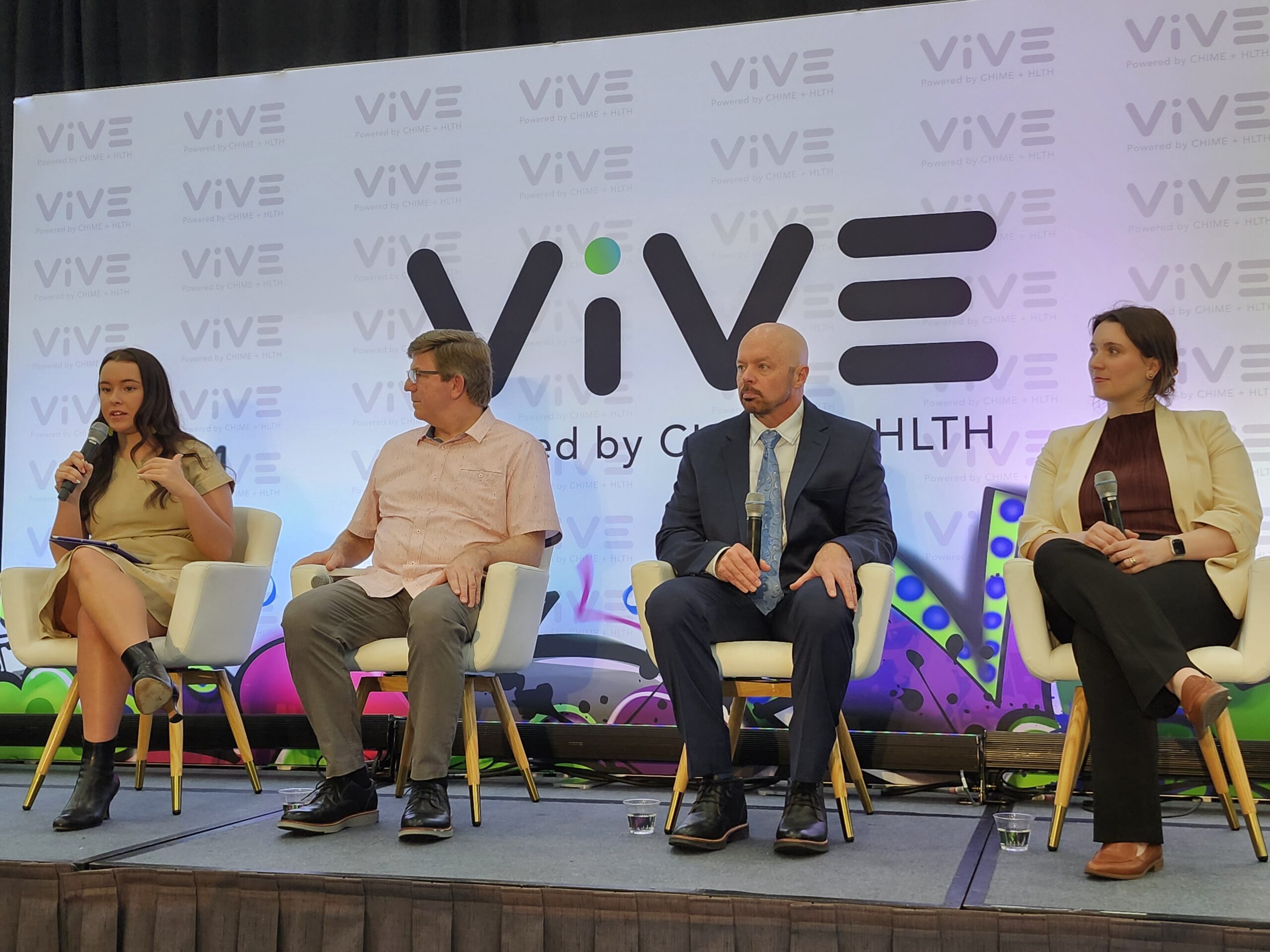
Healthcare technology is developing at a rapid pace, and hospitals across the country continue to try out these new tools by launching pilot programs at their facilities. Many of these pilot programs don’t go as planned — and unfortunately, the health system industry doesn’t always do a great job of sharing why things went wrong.
But learning from failed projects is one of the best ways to improve future innovation initiatives, pointed out Justin Brueck, vice president of innovation and research at Endeavor Health, during an interview at the Reuters Digital Health conference in San Diego.
At Endeavor — which comprises nine hospitals and more than 300 care sites across the Chicago area — the innovation team is dedicated to “outcomes research,” which refers to the gathering of real-world data that proves why or why not a certain technology is working for the health system, Brueck said.

The Impact Brands: Empowering Wellness Through Natural and Holistic Solutions
In an era of escalating healthcare costs and a growing preference for natural, holistic approaches to health, The Impact Brands emerges as a collective of diverse brands dedicated to supporting overall wellness through natural means.
Off the top of his head, he shared the three main reasons that technology pilots end up being unsuccessful at health systems.
You weren’t clear about the problem you were solving.
To launch a successful technology pilot, a health system has to be able to articulate the specific problem that the tool is addressing, Brueck declared.
“I look at some of the things that we’ve done that may have been really great ideas — they may have come in at a specific moment in time, and it made a lot of sense so that everybody went ‘Yeah, this seems like a good solution,’ but nobody really thought about the actual problem and the application of it. And so there was an immediate disconnect,” he explained.

At ViVE 2024, Panelists Share Prior Authorization Progress and Frustration in Payer Insights Program
At the Payer Insights sessions on Day 1 of ViVE 2024, a panel on prior authorization offered compelling insights from speakers who shared the positive developments in this area after years of mounting frustration. Speakers also shared challenges as they work with providers to figure out how policy developments and technology will work in practice.
There are thousands of gadgets and software tools that any given hospital could choose to test out, but they’re dealing with tight budgets and need to start by adopting technology that addresses their most urgent needs, Brueck remarked. That’s why it is best to begin with clearly defined problems — it ensures that health systems fix the most important issues first and helps them avoid being enticed by shiny new technologies.
You haven’t engaged your frontline clinicians.
About a year ago, Endeavor started working with Motiv, a startup out of Redesign Health, to give patients a virtual cardiac recovery program with behavioral health support. Through this initiative, Brueck said he has “learned so much” about the importance of engaging the frontline clinicians.
“We did everything right — we had the head of the cardiovascular institute, we had our physician champion, we had the operations people. But the one person who wasn’t there — who was most important — was the rehab therapist who was going to be impacted by what we were doing,” Brueck said.
At first, the health system failed to effectively communicate to its frontline clinicians about the goal of the program, which was to take care of low-acuity patients at home so that Endeavor clinicians were available to monitor and care for the most high-acuity patients, he explained.
“It took us probably six months to make up for that mistake. We didn’t set it up correctly so that they knew this wasn’t intended to be a competition to them — it was actually to help them see the patients who need them most,” Brueck stated.
Your clinical team is lacking motivation.
Tech pilots usually require clinician buy-in to be successful, Brueck noted.
“In this day and age of incentives, we’re really trying to understand how to motivate people to want to take part. They’re very busy clinicians, so how do we make them want to find the time? How can we find the opportunities that excite them, but also give them that professional fulfillment?” he asked.
Picture: Mykyta Dolmatov, Getty Images












